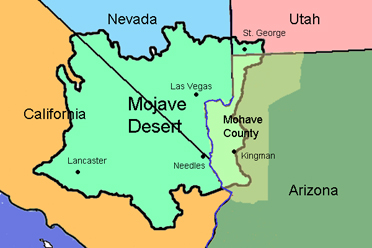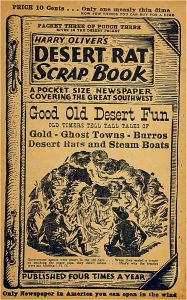https://mojavedesert.net/cactus/beavertail.html

The beavertail cactus, scientifically known as Opuntia basilaris, is a species of prickly pear cactus native to the southwestern United States and parts of northern Mexico. It gets its common name from the shape of its pads, which resemble the broad, flattened tail of a beaver. This cactus is known for its distinctive, bluish-gray, oval or paddle-shaped stems, which are typically covered in tiny, hair-like spines and glochids, which are small, hair-like prickles that can irritate the skin upon contact.
Beavertail cacti produce colorful flowers in shades of pink, magenta, or purple. These flowers often appear at the edges of the pads in the spring and early summer. The fruits of this cactus are edible and are usually red or purple when ripe.

Beavertail cacti are adapted to arid and desert environments and are well-suited to the harsh conditions of their natural habitat. They are drought-tolerant and can store water in their stems to survive periods of water scarcity. These cacti play a role in providing food and habitat for wildlife in their native regions.
In landscaping and gardening, beavertail cacti are often cultivated for their ornamental value, as their unique appearance and vibrant flowers make them attractive additions to xeriscape gardens or desert-themed landscapes. However, it’s essential to handle them with care due to their spines and glochids, which can cause skin irritation.
Like other cacti, the beavertail cactus prefers well-draining soil and requires minimal watering once established. It is important to be mindful of local regulations when collecting or cultivating beavertail cacti, as they are protected in some areas due to their ecological importance and vulnerability to overharvesting.


